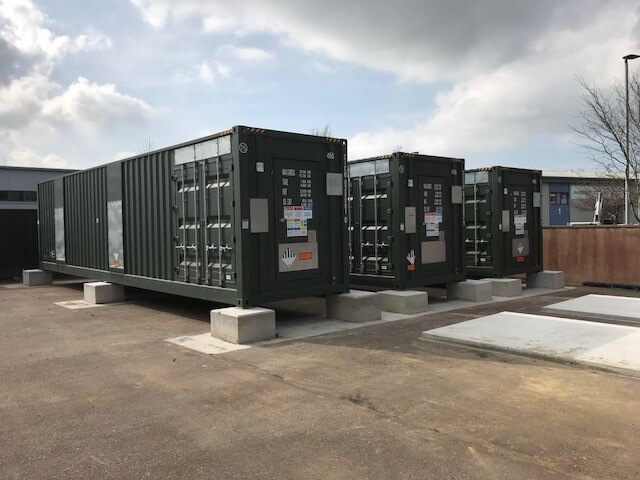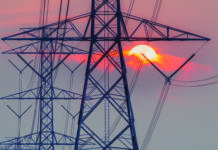Grid-scale capacity to store electricity for between two and 24 hours will need to rocket up 400 times on current deployments, reaching between 1.5 and 2.5 GWh by 2040, if the world’s grids are to meet the desired 1.5 degree ceiling enshrined in the Paris climate accords, a new CEO-led body fostering battery technology predicts.
“To achieve net carbon neutrality, the world’s electricity grids will need to deploy between 85 and 140 TWh of long duration energy storage by 2040, with an investment of USD 1.5 and 3 trillion”, the first annual report of the Long Duration Energy Storage (LDES) Council says.
The LDES Council made its informal debut at CoP26. Its mission is to make otherwise intermittent RE generation via wind, solar and other means dispatchable by grids, and at global scale.
Formed around a core of technology heavy hitters such as Siemens, Alfa Laval, RioTinto, Ambri and UK innovators BP Lightsource, Ceres and Highview Power, the LDES Council tasks itself to speed deployment of network-supporting buffering, by means of humungous coulomb crèches and residences for resting amps.
Helped by consultants McKinsey, the CEO-level LDES group launched its first report this week, looking at storage’s role in regional and national power systems.
The LDES Council’s study is technology-agnostic and all-embracing. Besides electrochemical batteries reliant on lithium and nickel, its forecasts consider storage techs centred on gravity and heat.
Cath Ode, have you met Ann Ode?
Now in 2021, only 5 GW worldwide of long duration power storage and 65 GW of capacity is operational or in planning, the LDES report identifies.
Grids heavily penetrated already by renewables such as the UK, south Australia, California and other US states are set to experience dramatic first take-off in long duration storage, via batteries and alternatives including gravity, heat and clean hydrogen, consultant Godart van Gendt told participants in Tuesday’s webinar.
Unit costs in storage technologies need to drop 60% in real terms by 2040, the report assumes. Even then, they will lag cost declines already achieved in generation by solar and wind.
Flexibilities essential to dispersed multi-technology generation and transmission of power are favoured by storage technologies enduring longer than the predominant two hour maxima currently deployed, the report implies.
Later iterations of the council will consider hydrogen and heat as media for electricity storage.
The LDES actively seeks to embrace as members grid operators, power regulators, technologists and manufacturers. Its formal launch will take place next spring.
Read the free LDES report here.




